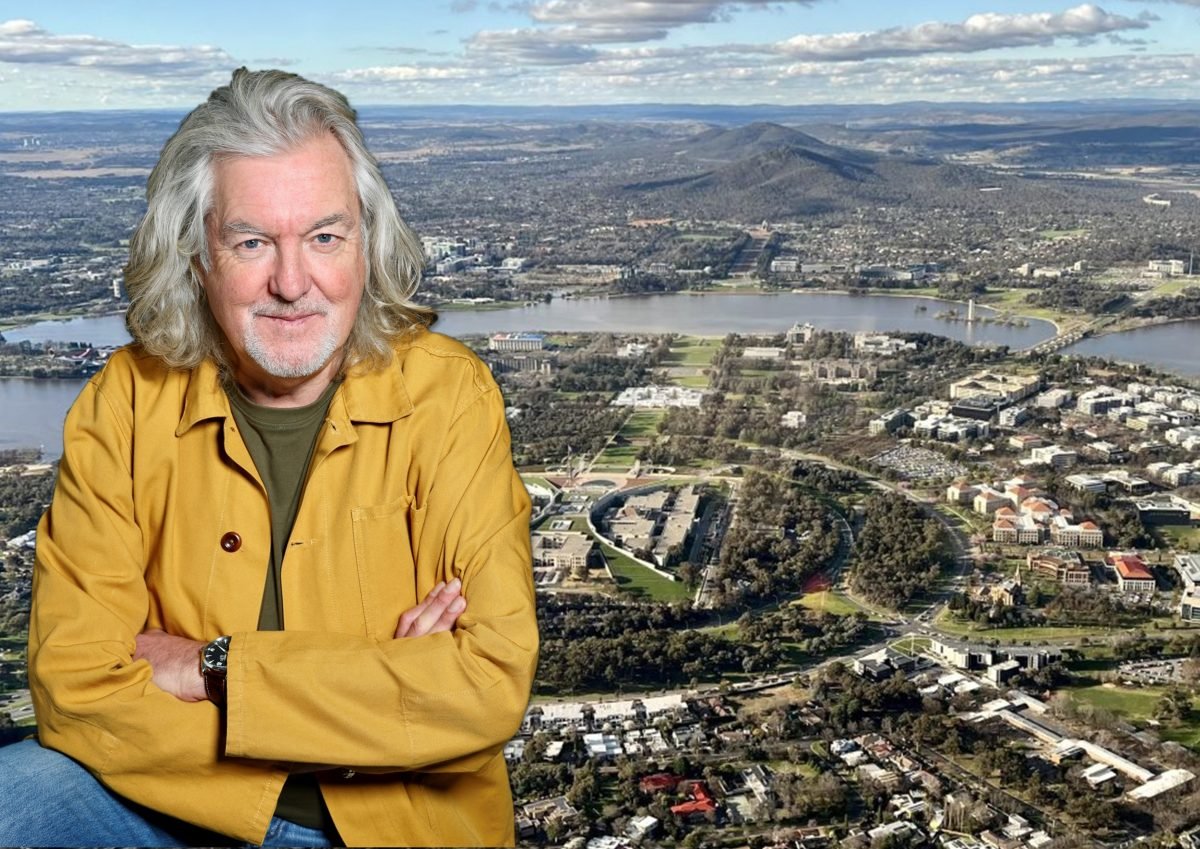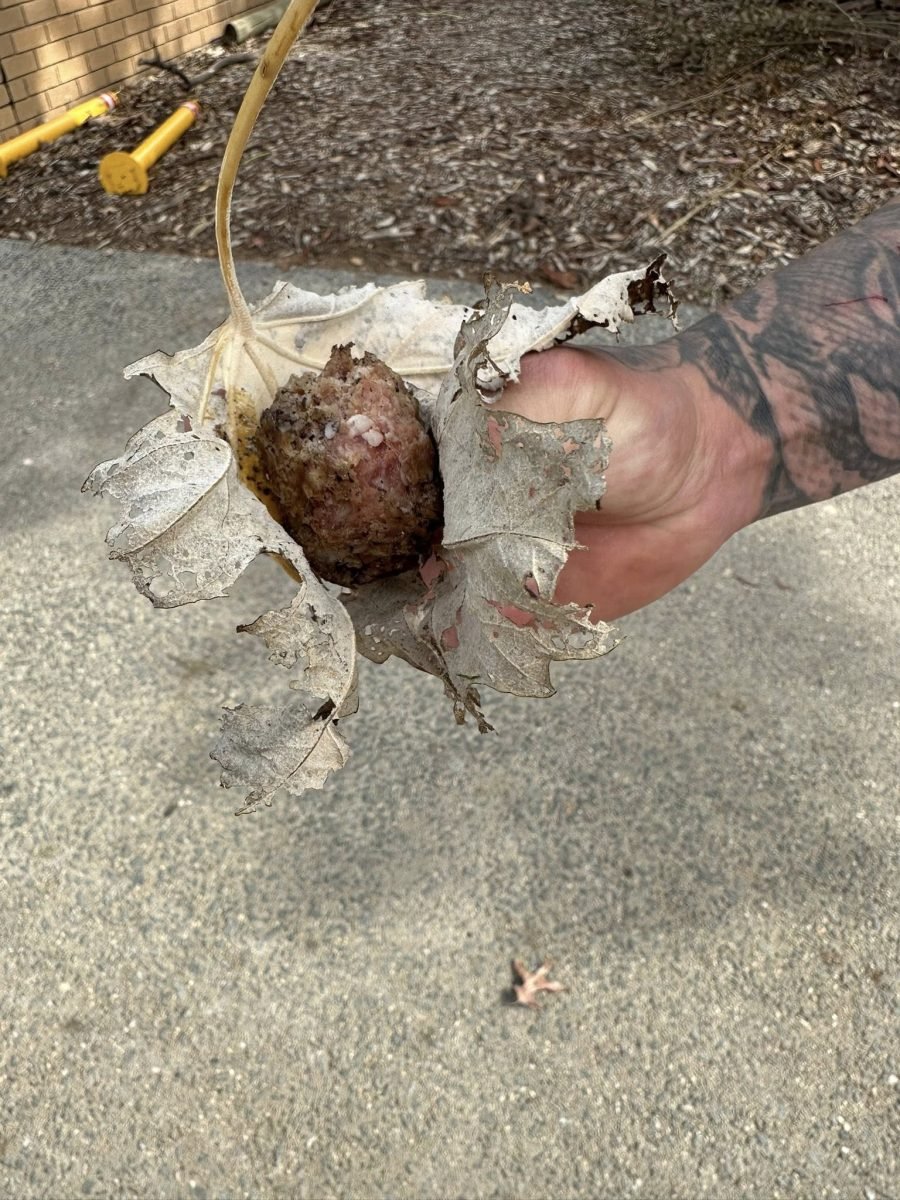
“I just really love them so, they’re a really unique little frog, they’re bright, black and yellow, and kind of round, and they walk instead of jump,” Dr Tiffany Kosch said. Photo: Namadgi National Park.
The Southern Corroboree frog is almost extinct in its natural habitat of Kosciuszcko, due to the chytridiomycosis fungus, and the loss of rare alpine habitat, but new genome mapping of the amphibian could bring it back from the brink.
It’s a project that has been in the works for a long time, according to Dr Tiffany Kosch, Research Fellow at the University of Melbourne, who said it took 10 years to map the genome of the ‘functionally extinct’ frogs.
“When we started, the technology just wasn’t what it is now, and it took quite a while to get funding. Because this frog has a really huge genome – it’s about three times the size of the human genome – it’s quite an expensive process, which slowed things down as well.”

Thanks to breakthroughs in the field, what took a decade of work can now be accomplished in a few months, according to Dr Kosch. Photo: Tiffany Kosch.
The university recently announced the mapping of the genome, which conservationists hope will be a significant leap in efforts to protect the critically endangered amphibian.
The work will hopefully allow Dr Kosch and others to breed a resistance to the fungus into captive populations before releasing them into the wild.
“A genome is the complete set of DNA instructions for an organism. You can think of it as a recipe for making an organism … We’re trying to develop genetic methods to help the frog survive in the presence of the fungus, and so having this genome will allow us to identify genetic differences among individuals that can be used to help breed them for increased resistance,” she said.
READ ALSO: Species considered extinct in NSW found in Kosciuszko National Park
Captive breeding programs have been releasing frogs into the park, but estimates suggest that only 50 of the frogs remain in the wild.
“Unfortunately, of the ones that are released outside the enclosures, most evidence suggests that they probably die from the disease,” Dr Kosch said.
So far, the species hasn’t been able to re-establish a foothold in its native habitat. But Dr Kosch said it’s a different story for their cousins, the Northern Corroboree frog, which is slightly less endangered, with several hundred surviving in Namadgi, although in a precarious state.
Dr Kosch said it’s unclear why the northern frogs have managed to fare better, but it could be because the lower altitudes inhibit fungal growth.
She said the Northern Corroboree is still critically endangered, and her research will benefit both species.
“Initially, most of the work we did was with the Southern Corroboree frogs, and that’s what the genome’s from, but our research group has also started working with northern, so our hopes are that what we learn from the southerns, we can apply to the northern says as well.”

The corroboree frog’s closest ancestor, which is found in Chile, likely crossed Antarctica to reach Australia. Photo: Alex Pike, NSW National Parks.
Dr Kosch says that she fell in love with the unique amphibians while studying them, and that there is a lot that people don’t know about them.
“They walk instead of jump like a typical frog, and they also belong to quite a unique lineage of frogs, so they belong to this family called Myobatrachidae or Australian ground frogs … They’ve been diverged over 100 million years from their closest ancestor, which is actually in Chile, and probably came across Antarctica to get to Australia, quite a long time ago.”
READ ALSO: Bushcraft, community and a chopper or two bring Kosciuszko’s lost huts back to life
The next step for the project will be to get partner captive breeding programs to begin trialling selective breeding and genetic engineering programs using this new research. However, Dr Kosch says it will be a few years before we start to see results.
“We’re going to have to do a lot of testing for safety and advocacy of the methods that we use, but we’ve actually already found evidence of heritable resistance in corroboree frogs,” she said.
“We plan to start a selective breeding program in the next couple of years in partnership with zoos, Victoria and Taronga Zoo, so we might start to see some evidence if this works quite soon.”
The news comes as conservation efforts receive a monetary boost, with Snowy Hydro agreeing to pay $400,000 to the NSW Parks and Wildlife Service to help protect Northern Corroboree frogs as part of a settlement with the NSW EPA for nitrite pollution at Lobs Hole in 2023.



